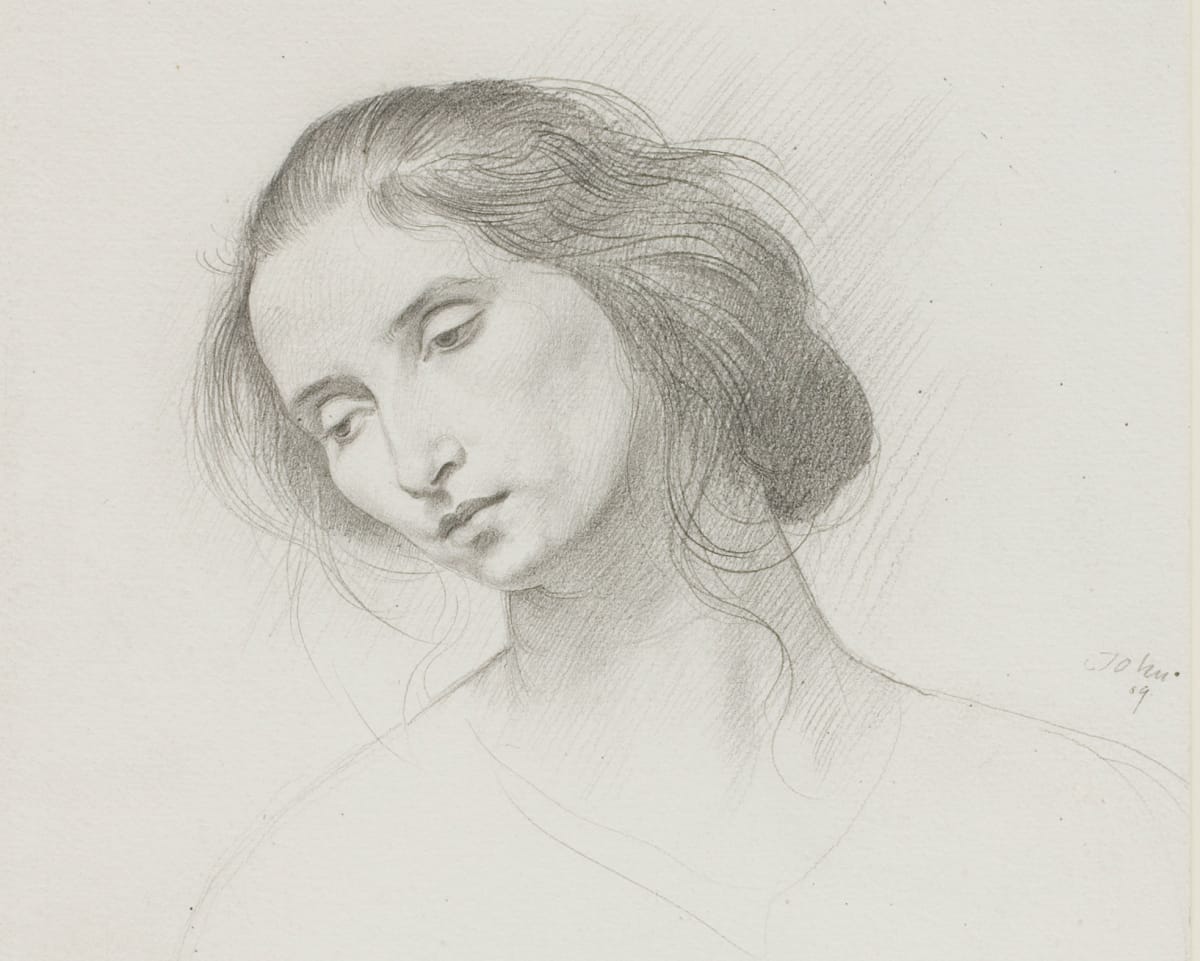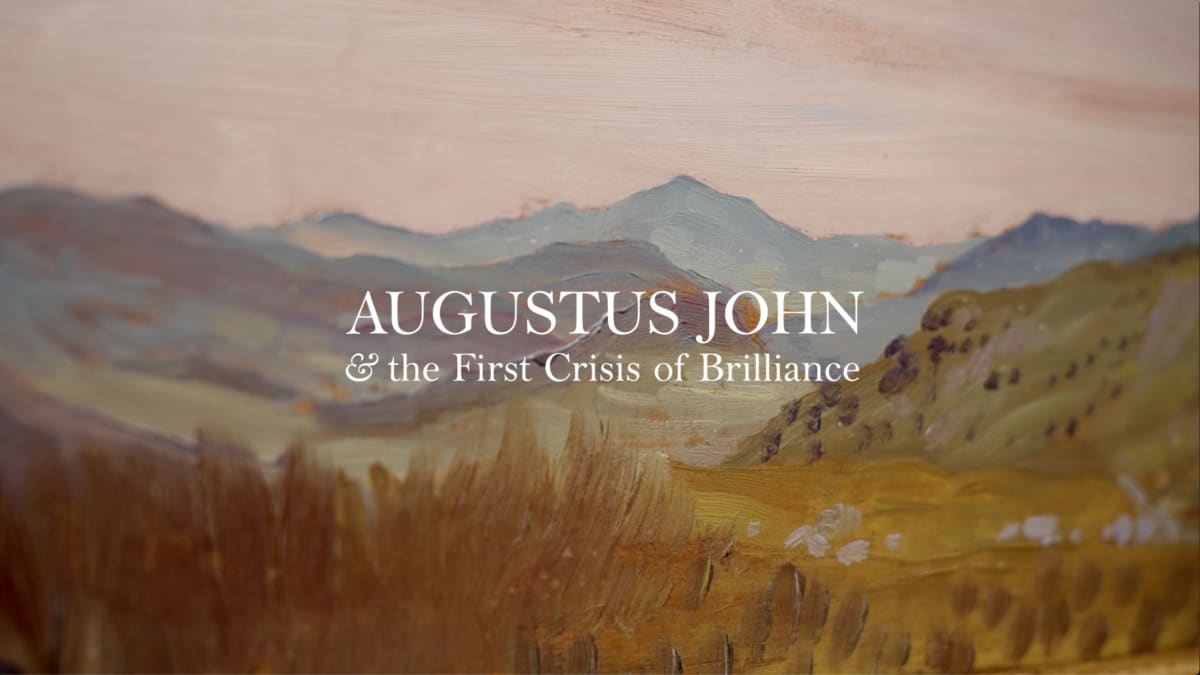William Orpen
The gallery regularly handles, acquires and advises on works by William Orpen. For more information or the availability of work, please contact the gallery.
William Orpen (1878—1931)
William Orpen was born in Ireland in 1878. He first studied at the Metropolitan School of Art, Dublin, between 1890 and 1897 and then moved to London and attended the Slade between 1897 and 1899. His composition prize winner in 1899, The Play Scene from ‘Hamlet’, was described by art historian John Rothenstein as a masterpiece marked by the artist’s ‘exuberant whimsicality’. Rothenstein was Orpen’s nephew and described him as ‘a small man with a pale, high-cheekboned face, light grey eyes that observed much and revealed little and a figure without a trace of the atrophied staidness that marks most adults, being slim and active as a boy’s.’ With Augustus John, who admired his ‘industry’ and ‘native drollery’, he established the Chelsea Art School. The venture wound down as the principals ‘began to waste too much time in conversation at the Cooper’s Arms opposite.’
Orpen later won financial rewards for his portraiture, but his artistic capabilities—sincere emotion, mordant satire, steeply-pitched drama, a biblical sense of characterisation—are richly apparent from three large-scale allegorical paintings, the ‘Irish’ trilogy, executed between 1913 and 1916: Sowing New Seed, The Western Wedding and The Holy Well. He mastered a wide range of genres, among them the nude, the self-portrait, and the group portrait—his painting A Bloomsbury Family depicts the artists William and Mabel Nicholson with their children. Of landscape, he depicted blasted haunts of the Western Front with devastating clarity. Certain of Orpen’s pictures demonstrate his critical admiration for the work of Jan van Eyck, Johannes Vermeer and Édouard Manet. Orpen died in 1931 in London.

Writer and Curator Anna McNay reviews Augustus John & the First Crisis of Brilliance
Studio International July 10, 2024Anna reviews the exhibition, particualrly exploring the selection of portraiture and the relationships between the collection of artists and their models depicted in the show.Read more
Curator & Art Historian Lynda Nead reviews Augustus John
Apollo May 23, 2024Lynda Nead discusses the representations of women in the exhibition, particularly exploring the many portrayals of one woman—by turns notorious or beloved—Euphemia Lamb. She also...Read more












